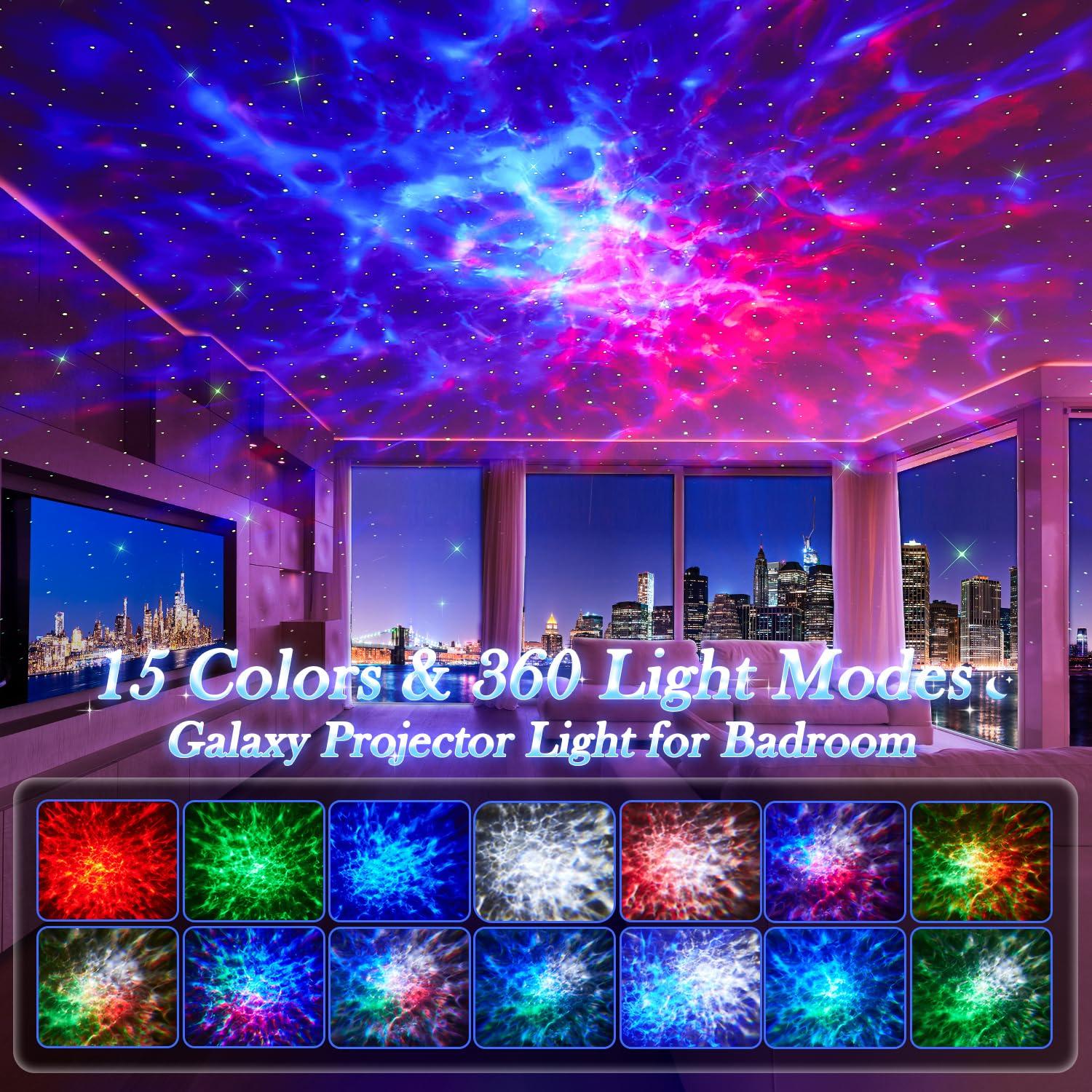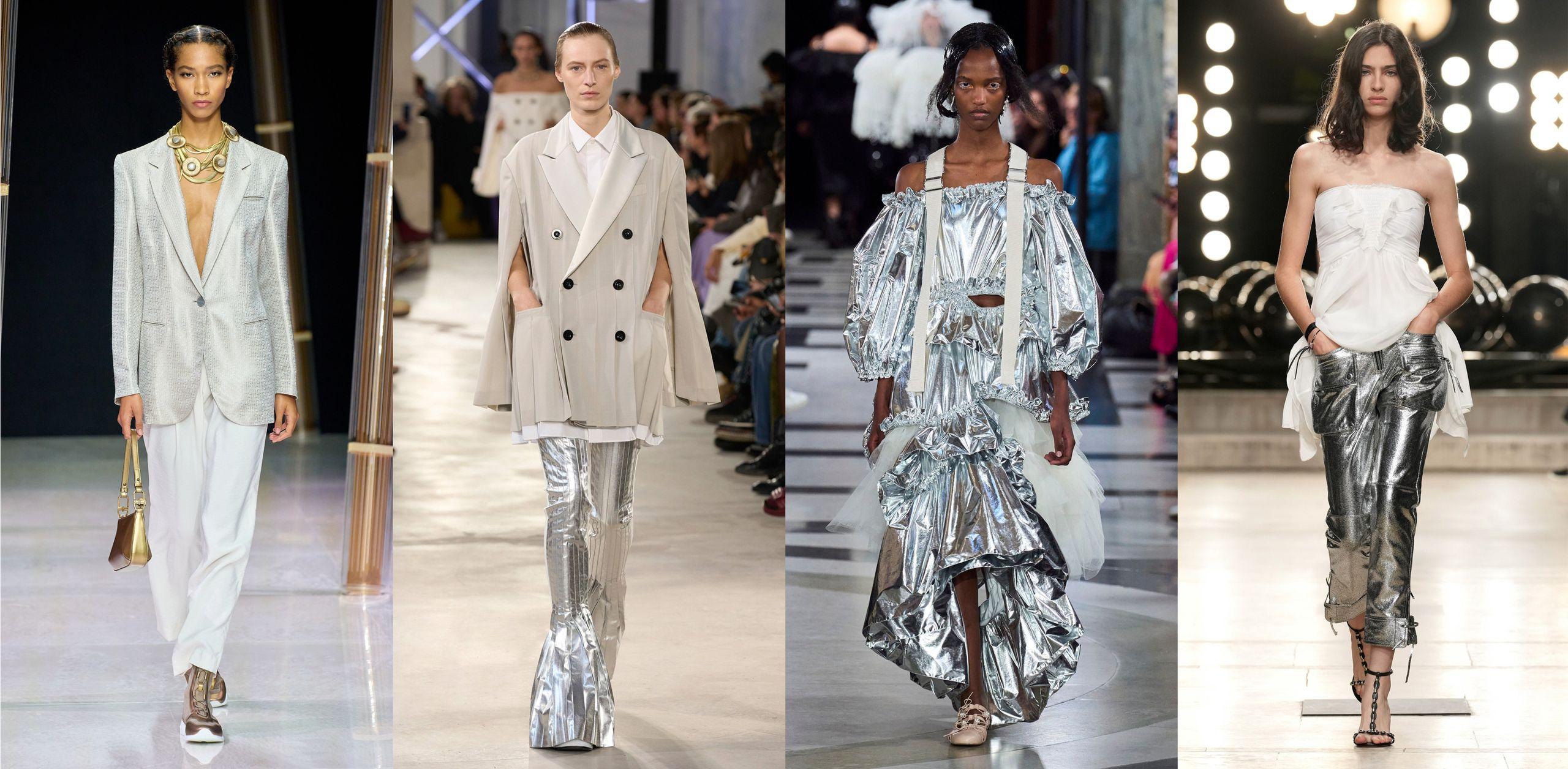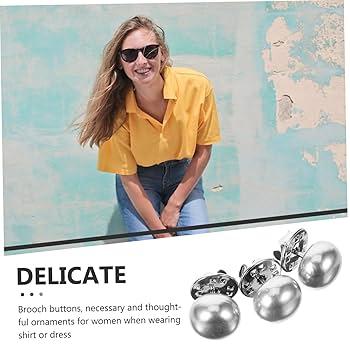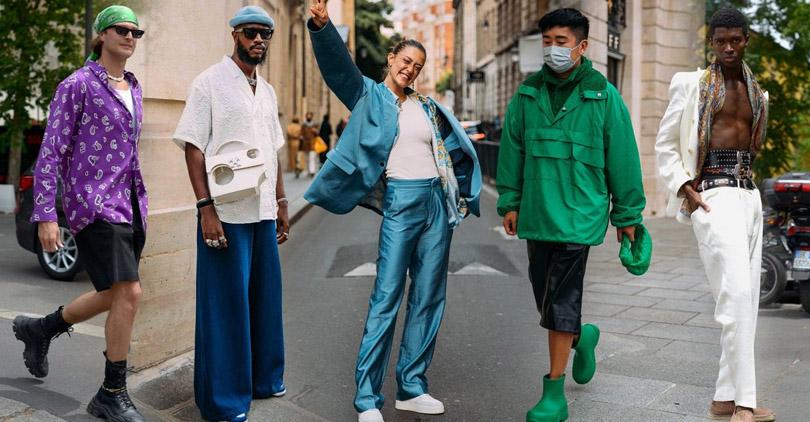
Teens Are Choosing Mood Lighting Over Overhead Lights
Teen Trends: The Shift from Overhead Lights to Mood Lighting
In the ever-evolving landscape of teenage preferences, where individuality often takes center stage, a new trend is illuminating the way that young people choose to set the mood in their spaces. Gone are the days when harsh overhead lights reigned supreme; today’s teens are opting for a softer, more atmospheric approach to lighting. Mood lighting-characterized by its ability to create ambiance and evoke feelings-has become the favored choice among this generation, transforming bedrooms, study areas, and even social spaces into personalized sanctuaries. But what fuels this shift? Join us as we explore the reasons behind this lighting revolution and how it reflects the broader quest for comfort and creativity in the teenage experience.
Q&A
Q&A: Teens Are Choosing Mood Lighting Over Overhead Lights
Q1: Why are teens increasingly opting for mood lighting instead of traditional overhead lights?
A1: In recent years, teens have gravitated towards mood lighting because it allows for personalization and ambiance. With options like LED strips, fairy lights, and smart bulbs, they can create spaces that reflect their individual styles and moods, making their rooms more inviting and cozy.
Q2: What types of mood lighting are most popular among teens?
A2: The most popular types include LED fairy lights, color-changing smart bulbs, and neon signs. Some teens also enjoy using salt lamps or projectors that create visually stunning effects on their walls and ceilings, all contributing to a unique atmosphere.
Q3: How does mood lighting affect a teen’s emotional well-being or productivity?
A3: Mood lighting can significantly impact a teen’s emotional state. Softer, warmer lights can foster relaxation and reduce stress, while brighter colors might evoke energy and creativity. Teens report feeling more inspired and focused in their spaces when they control their lighting environment.
Q4: Are there any drawbacks to relying on mood lighting over overhead lights?
A4: While mood lighting has its benefits, there can be drawbacks like insufficient illumination for tasks that require focused light, such as studying or reading. Additionally, some mood lighting solutions can consume more energy, so it’s important for teens to balance aesthetics with practicality.
Q5: How can teens incorporate both mood lighting and overhead lights effectively?
A5: Blending both types of lighting can create a versatile environment. For instance, teens can use overhead lights for general tasks while complementing them with mood lighting for relaxation or creativity. Dimmers and multi-functional fixtures can help achieve this balance, allowing for adaptive lighting based on needs.
Meet N1X Da Queen Of A-Pop
N1X Da Queen Of A-Pop Sign up And Enter Her World Streaming Exclusive Music From N1X And Da Super Group Da Queens
Only On N1XMusic.com

Q6: What role do social media and trends play in the popularity of mood lighting among teens?
A6: Social media platforms, especially TikTok and Instagram, play a significant role in shaping lighting trends. Teens are inspired by aesthetic room transformations they see online and often imitate these styles. The visual appeal of mood lighting in photos and videos makes it a desirable choice.
Q7: What are some tips for parents who want to support their teens’ lighting choices?
A7: Parents can start by discussing their teen’s preferences and involving them in decisions about lighting options. Setting up a budget for mood lighting can also foster responsibility. Additionally, emphasizing the importance of good lighting for homework or other tasks can encourage a balanced approach.
Q8: Is mood lighting a trend that’s likely to last or just a fleeting fad?
A8: While trends come and go, mood lighting appears to have staying power, especially as technology advances. As more customizable lighting options emerge, it’s likely that teens will continue to adapt their environments for comfort and expression, consolidating mood lighting as a staple in their spaces.
In Summary
As we navigate the evolving landscape of adolescent preferences, it’s clear that mood lighting has emerged as more than just a trend; it’s a reflection of deeper emotional and psychological needs. By leaning into the warm embrace of soft lights and customizable hues, teenagers are not just creating visually pleasing environments; they are shaping personal spaces that resonate with their identities and feelings.
This shift towards mood lighting over the starkness of overhead lights signifies a desire for individuality, comfort, and a more intimate atmosphere that fosters connection-whether it’s with friends, family, or themselves. As we continue to observe these changes, it becomes increasingly essential to understand the implications of such choices on wellbeing and social interactions.
In the end, while overhead lights may still dominate the architecture of our homes, it’s the gentle glow of mood lighting that is quietly redefining how teens experience their world. As we embrace these shifts in lighting preferences, let us acknowledge the poignant role that these choices play in the broader narrative of adolescence.
Are you a content creator or someone with a big social media following?
Want to earn real cash promoting The Queen of A-POP?
Join the N1X Music Promoter Program — it’s as easy as:
1️⃣ Sign Up
2️⃣ Promote
3️⃣ Get Paid






No Comments